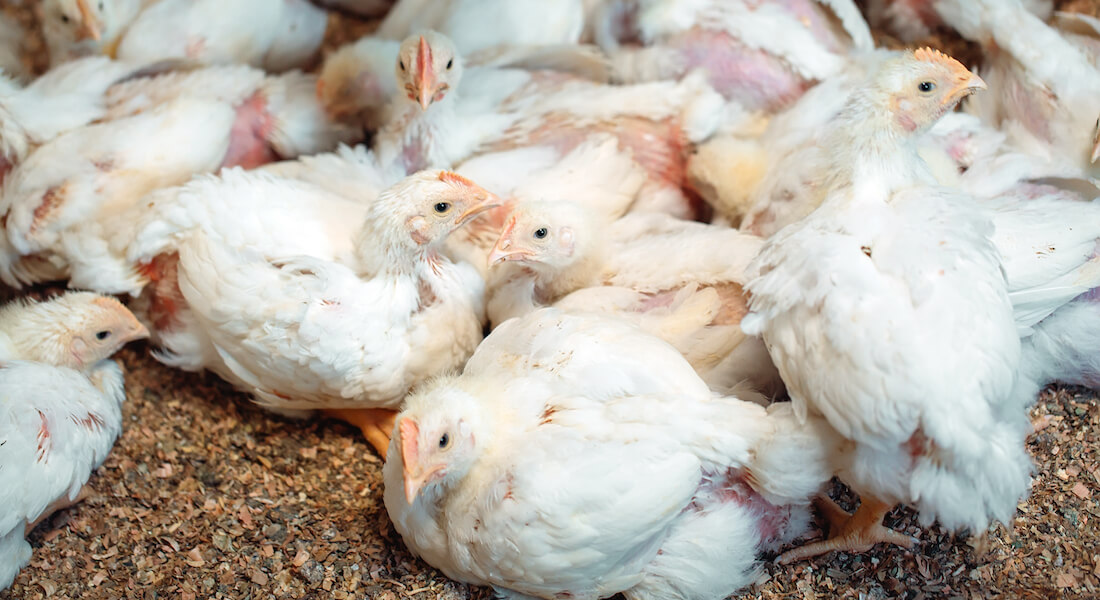The Benchmark method

The Benchmark method combines a mapping of private and legislative welfare initiatives in the countries studied with an expert-based valuation of the different elements in these initiatives. For each kind of production (based on pigs, broilers, and dairy cattle) the following process is carried out:
- A number of animal welfare initiatives in each country are mapped. These can take the form of animal welfare legislation, business standards, and various market-driven initiatives, e.g. production for certain animal welfare labels.
- The coverage of each initiative in relation to the national production is mapped for each country.
- The coverage of national and foreign (via imports) initiatives in relation to the national consumption are mapped for each country (only with regards to pigs and broilers).
- For each kind of animal production, several welfare dimensions such as space provision, various forms of enrichment, management procedures (e.g. weaning of piglets or calves), procedures (e.g. tail docking of piglets), implementation of certain breeding goals (e.g. slower growing broilers), etc. are outlined.
- International animal welfare experts give each dimension a score (between 27 and 38 experts depending on the animal species) by means of a questionnaire. In the questionnaire, the experts give each dimension a score between 0 and 10. Subsequently, the experts rate how much each dimension contributes to total animal welfare on a scale from 1 to 5.
- On this basis, the value of expected animal welfare for each animal welfare initiative is estimated on a scale from 0 to 100 (given the scores and rates of the experts, in practice, the possible maximum will be somewhat lower than 100 – typically around 70).
- Based on the share of the different initiatives in production and consumption (which typically differ due to exports and imports), a welfare score is estimated on a scale from 0 to 100 for each country’s production and consumption (only for pigs and broilers) of a given kind of animal product.
The method is used for pigs, broilers and dairy cattle in five European countries.
Strengths and limitations
Strengths
The greatest strength of the method is that it is practically feasible and enables an expert-based estimate of the welfare effect of different animal welfare initiatives. This makes it possible to compare animal welfare in different forms of animal production across countries.
Limitations
A major limitation of the method is that welfare is not measured directly in the animals themselves, but is rather based on the conditions under which they are kept and cared for.
Even though the experts assess how certain conditions affect animal welfare, they only assess the typical welfare effect based on the specifications. However, in practice, there will be differences in the degree to which the specifications are implemented, both within and across initiatives, and in terms of management quality.
Another limitation of the method is that not all relevant information is publicly available. This is notably the case when it comes to the market share of different animal welfare labels. We have tried to elicit information from various commercial stakeholders, but in some cases, we have had to make an estimate.
